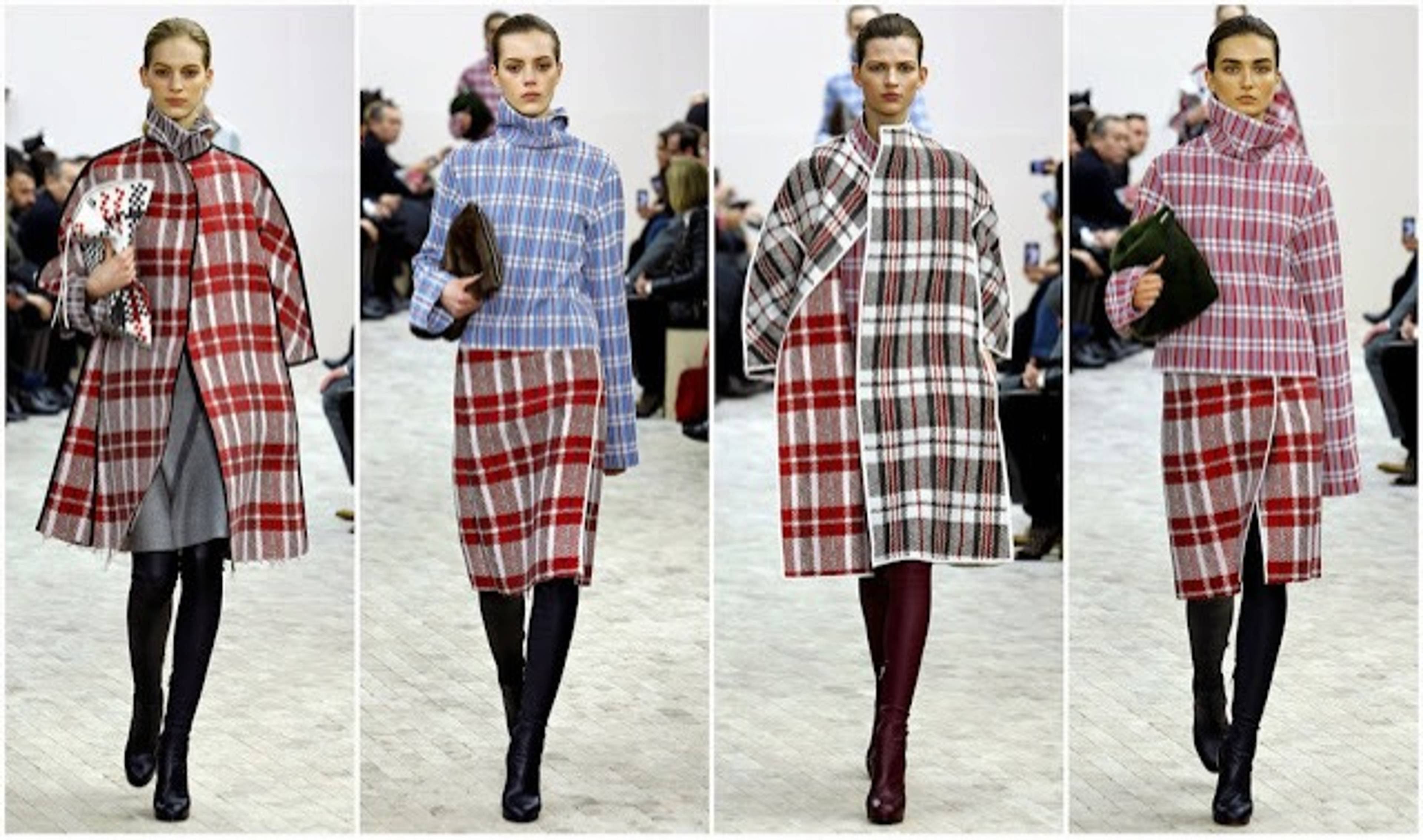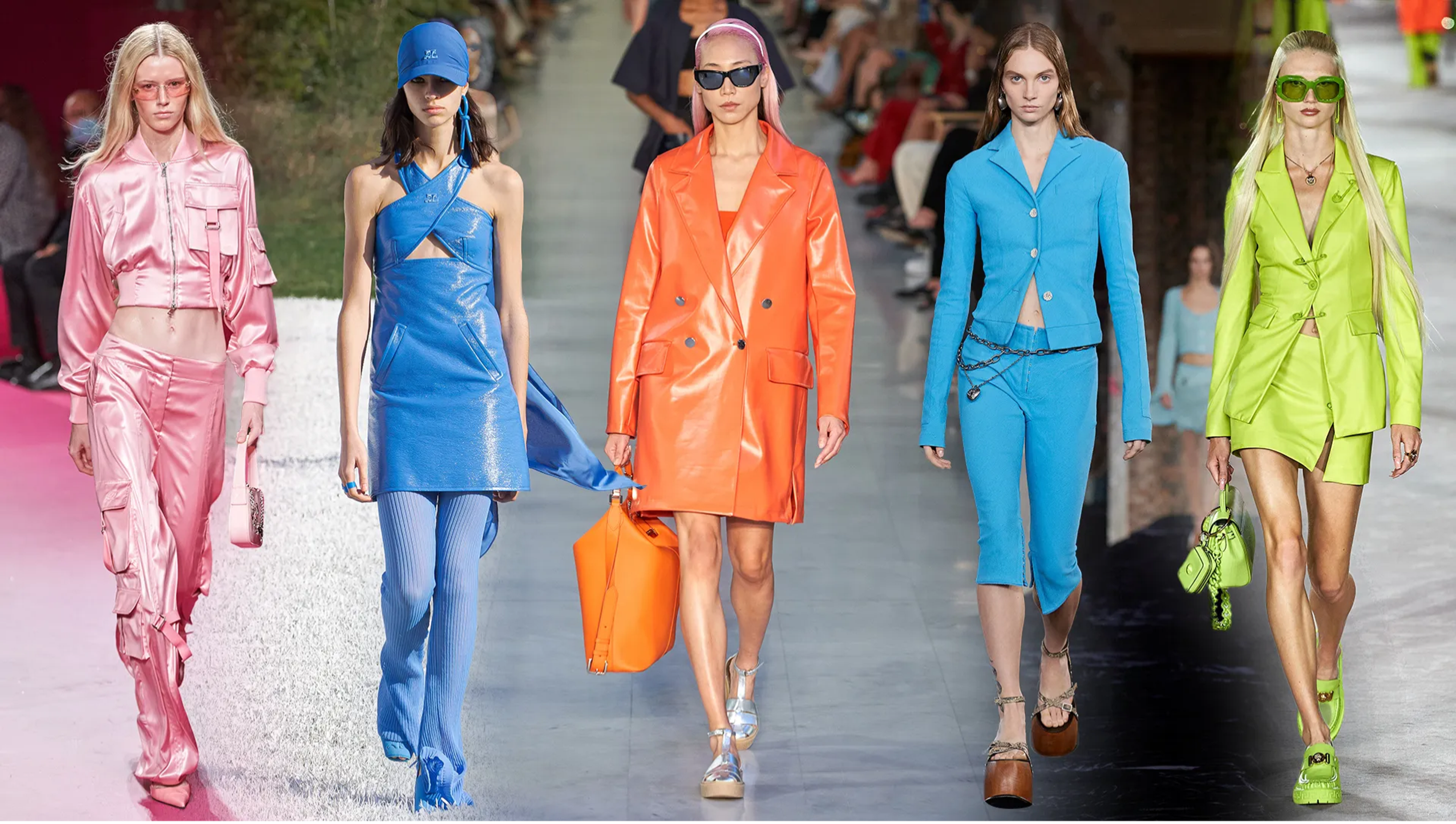An autism diagnosis in middle age comes as no surprise. I’ve known for some time, but there were personal reasons I had to make it official. The diagnosis of a condition that has affected me painfully at times, but often passes unnoticed, comes with a pressure to prove myself. I’m new to this. Or, rather, new to the idea of being open about it. “Masking” is a term used to describe performed behaviours that autistic people use to fit in, but it’s also a fashion metaphor. Masking is not a great word, associated, as it is, with deception. How about “dressing?”
Most people are okay with dressing differently for different functions and occasions, and they are okay with these sartorial performances not being their “true self,” but vehicles for certain styles of interaction and ways of being. Most people don’t dress the same at the gym and in the office. Unless their office is a gym. Or maybe a gymwear store. It may seem trivial to ask, how is autism like fashion? But autism’s associated performances are so like being in fashion, or like having style, the first of which is assumed to come from outside the self and the second from within, both of which are constantly and necessarily performed. No, not only “like” fashion, but actually fashion.
An obsession with patterning: moving my fingers in a specific order, a helpless noticing of patterns in the landscape, in brickwork, in hedges, in clouds. A training in illustration and graphic design. An obsession with certain decorative motifs: with Celtic knots, manuscript illumination, mandalas. How do they work, and how can I reproduce them exactly? How can I take them further? But a dislike of patterned clothing (too demanding); a liking for abstracts – plaid and stripe – particularly when they are complex enough to demand the viewer works the rhythm out. I still hang my shirts in color order, with subdivisions for pattern, the blue next to the blue stripe, then the blue check, then the red check: no color segue but progression by design.
I coveted Celine’s FW2013 laundry bag collection which had both graphic rhythm, and was multipurpose
An ordering of color that’s nothing to do with what “suits” me; an obsession (as a child) with owning the same t-shirt in each colour of the rainbow, which, I’d been taught, contained *all* of the colours. Matchy-matchy dressing (yes, matching underwear, always), one color head to toe, because matching is surely “right.” Or, alternatively, all the colours together: one of each, the multiple color pop.
An interest in rules, in Marie Kondo slenderizing, in capsule wardrobes, in color seasons, in packing lists. A desire for a “uniform”; a desire for a single multipurpose garment. A desire to look the same in all circumstances, which might prove I am the same self in all circumstances. Experiments in wearing the same outfit all the time, experiments in wearing every garment I own in strict rotation, experiments in not ironing, experiments in the “utility” of shaving my head, experiments in the “authenticity” of not shaving my body. Appearance as utopianism, as activism; “rational dressing.” An interest in garments off the body, in garments as a self-contained “system of objects” (Baudrillard): post-structuralist dressing, if you will, or maybe Object-Oriented-Outfits; posthuman clothes with a conceptual life of their own.
What is (perhaps) the opposite: strong reactions to texture, to the materiality of clothes, no to synthetics but yes to wool, even (or especially) next to the skin; a liking for clothes that are crisp, heavy, rigid, even (huge raw denim fan); a dislike of the fluid, the silky, the flowing. A liking for being clasped by clothes. Clothes as support, touch, affection, restraint; clothes as erotics.
Clothes as a way of socializing that stands in for other forms of engagement. Clothes worn to substitute for speech. Clothes worn to fit in, to pass. Clothes worn in imitation of people I’d like to be like – IRL people, people in films, in books. Clothes as a search for the self other people appeared to have – though maybe it was just the way they “put themselves together.” A change of clothes to change myself into someone “better”; a change of clothes to modulate gender, class. Periods when I’ve been femme, periods I’ve been androgynous. Gender as visual play, no more, no less. Clothes that are “too sexy” for whatever the occasion, or clothes that are “not sexy enough”; clothes that are “inappropriate” for the weather, for the season, for the degree of formality or informality expected. Or clothes that are too pitch perfect. A realization that things are not working out as planned – occasionally via someone’s admiration. When I dress to blend in, I’m told I look “creative.”
matchy-matchy at Blumarine, Spring 2022
Clothes that have been considered downright fancy dress worn not for eccentricity, but because I thought they solved something: vintage workwear, antique men’s dress shirts as dresses, a heavy, early 20th-century hunting jacket that ticked all the sensual boxes. Experiments with making my own clothes (badly) because I couldn’t find the garment that, it seemed, would solve something. Too much interest in clothes, perhaps, as a way of being, as a problem, as a solution. Or, no, a justifiably strong interest in clothes, as a joy that is less often visual than secret, a sensual joy, a joy in systems. But also, fashion not only as alienation from, but connection with, other people – as my fashion experiences overlap with those of people who experience fashion without autism in mind. Clothes as a common object, a bridge, a reaching toward, across.
Part of “masking” has been, for me, learning to be apologetic when I haven’t understood that I’ve presented as odd or (occasionally) offensive. I’m apologetic presenting myself here, knowing that so many people (and their support networks) experience autism with so much greater difficulty. I’m also a little sorry for the person I was, who thought masking could solve so much. But – replace “masking” with “dressing” – and I’m so happy to have had fashion as a resource, a comfort, a creative practice that demands no more – if also no less – of me than that I appear.
___




